Relax in hot springs and open-air bath, take a traditional boat tour down Kinugawa River and enjoy Japanese ryokan hospitality at Kinugawa Onsen.
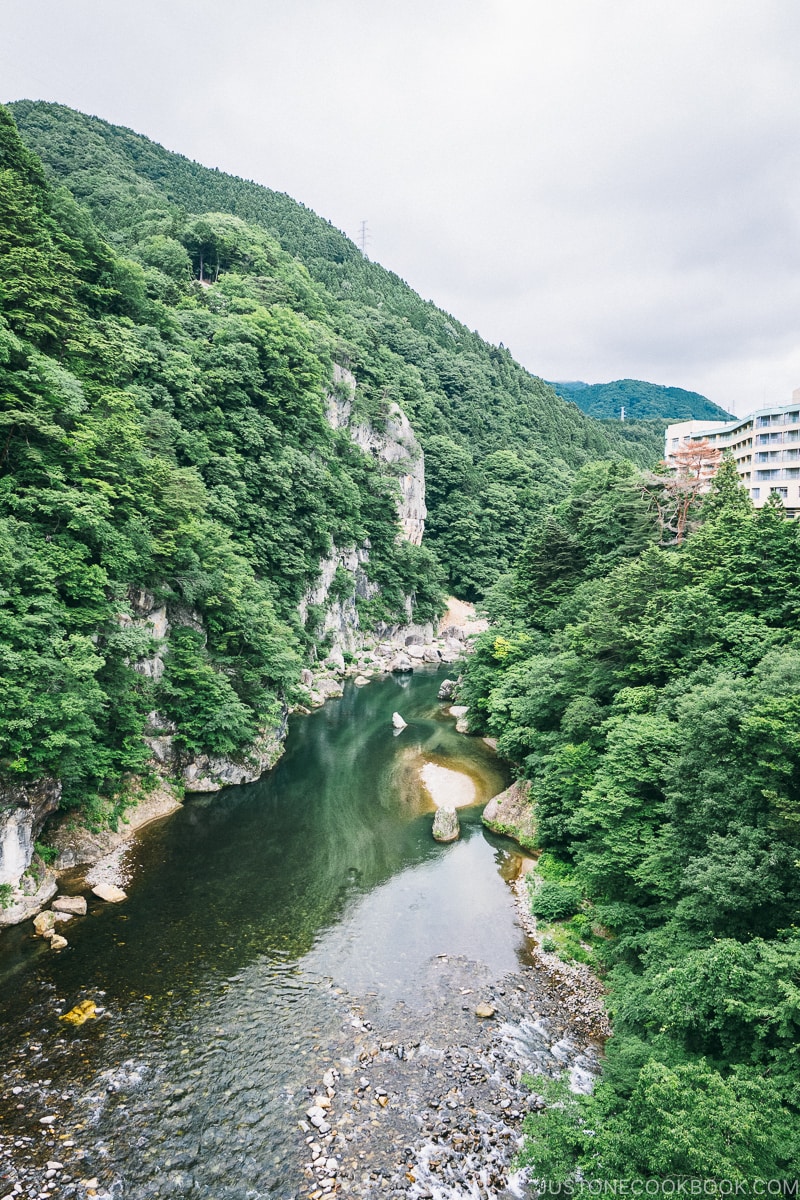
During our family’s trip to Nikko, besides the famous shrines, we also visited Edo Wonderland and Tobu World amusement parks. Instead of staying near the shrines west of Nikko City, we stayed at Kinugawa Onsen hot spring resort town (鬼怒川温泉) since it was closer to the attractions. The hot springs at Kinugawa Onsen date back 300 years and was a popular destination during the Japan economy bubble years.
Where is Kinugawa Onsen
Kinugawa Onsen is north of Tokyo and it takes 2.5 hrs by train or 2 hrs by car. Besides the nearby amusement parks, there are a few other activities do in the hot springs town. In case you’re wondering, the word onsen (温泉) means hot springs in Japanese.

The hot springs town is named after Kinugawa River which runs through it and Kinugawa (鬼怒川) translates to the angry demon river in Japanese.

Kinugawaonsen Station
One of the interesting ways you can get to Kinugawa Onsen is by riding the steam locomotive Taiju from Shimo-Imaichi Station to Kinugawaonsen Station.
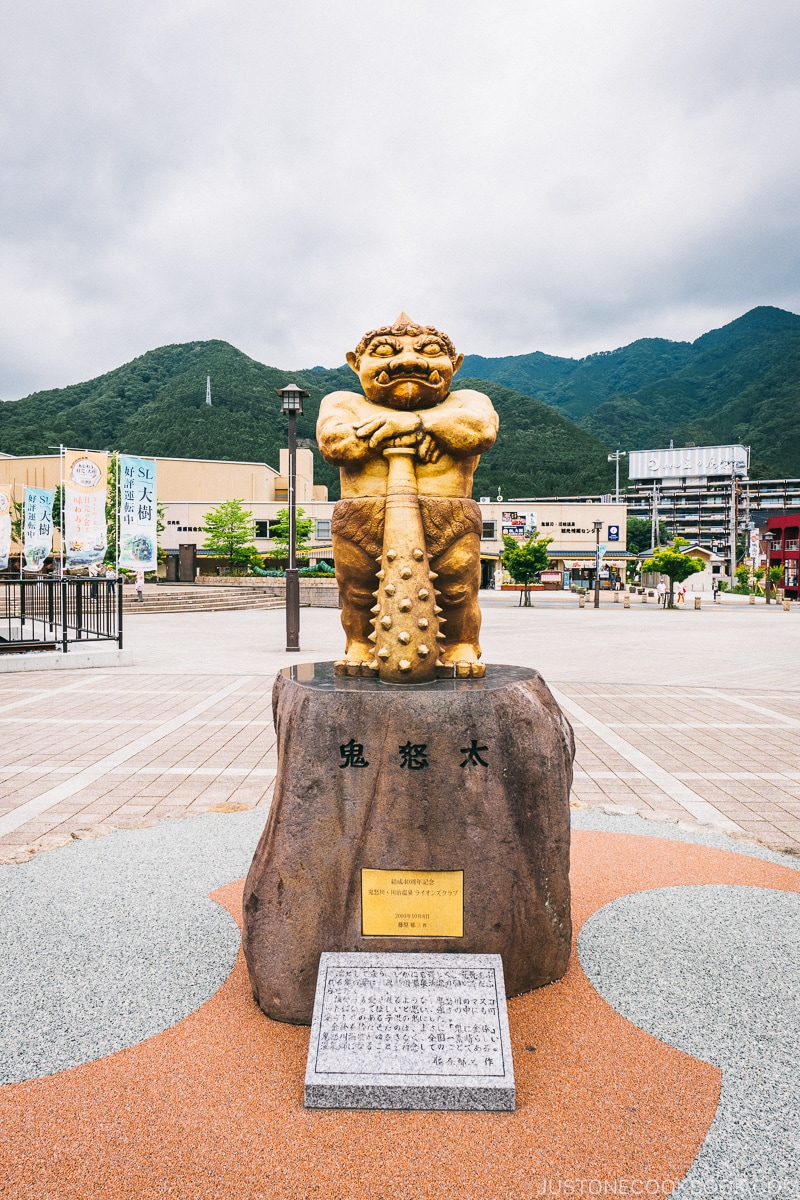

At the Kinugawaonsen station, there is a railway turntable to rotate the steam locomotive so it can head back to Shimo-Imaichi Station.

While waiting at the station, you can enjoy free onsen footbath.

Kinugawa River Boat Ride
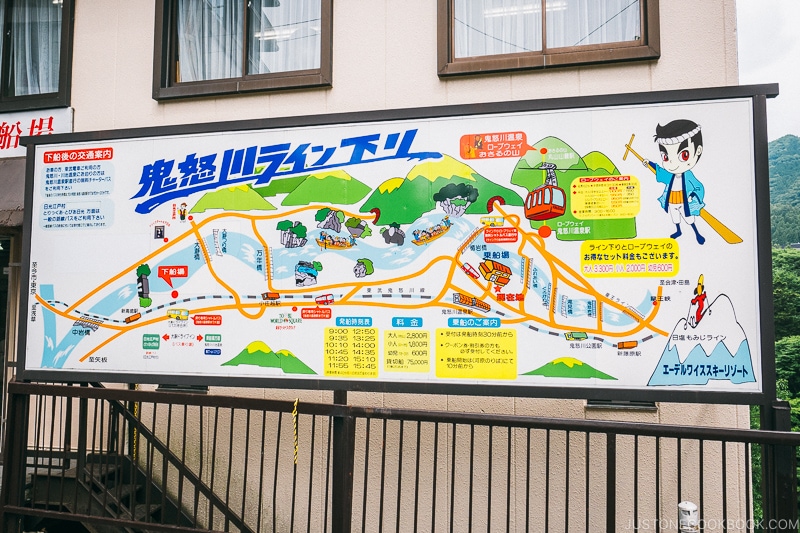
One of the activities is visitors can enjoy is riding a traditional wooden boat down the Kinugawa River. You can find the boat cruise on Google by searching Kinugawa Line Down (鬼怒川ライン下り). 
The boat ride, for the most part, is pretty calm but at times the rapids become slightly stronger and splash up the side of the boat. During those times, the riders are able to pull up a plastic tarp on the side of the boat so we wouldn’t get wet.


The scenery along the river was beautiful and serene. As we floated down the emerald green river, there are interesting rock formation and gorgeous landscape for viewing.


After the boat ride, we waited at the rest stop for a bit and a shuttle returned us to where we embarked.

Kinugawa Onsen Ropeway
The second activity we did was riding the Monkey Mountain Kinugawa Onsen Ropeway (鬼怒川温泉ロープウェイ). The ropeway was located conveniently close to the hot springs resorts and it’s within walking distance.

The view from the top of the ropeway was quite cool, we could see the Kinugawa Onsen town in the valley surrounded by hilly mountains on both sides.


The kids had a blast as there was a monkey enclosure and visitors are allowed to feed the monkeys.

Hot Springs and Kaiseki Ryori at Asaya Hotel
We spent 2 nights at Kinugawa Onsen with both nights at Asaya Hotel. The hotel dates back to 1800 but the current building is probably from the ’70s. From the exterior, it’s hard to tell what it actually looks like inside.

Decor
What’s interesting is the hotel might look like a three to four-story building from outside but it’s actually 12 floors. As it’s built on a hillside the hotel lobby is actually the 6th floor when you enter. Another intriguing design is you don’t typically see Japanese hot springs hotels with an open central atrium and you can see the inside of the whole building. Down on the bottom floor, there is a fountain and a large organ which plays music.

The hotel was clean and well kept but the decor is a bit outdated. We booked a standard Japanese room which is a sitting room during the day and converts to the bedroom at night. The hotel staff converts the room and make the beds while you eat dinner.


From our room balcony, we could see the Kinugawa River and other resort hotels across the river.

Hot Springs
The hot springs facilities at Asaya Hotel was quite good. There is a rooftop onsen offering majestic views of the valley while you bath. The rooftop onsen alternates for male and female use based on the time of the day. Besides that, there is a second dedicated hot springs facility for male and female on the first floor. The onsen facilities are large and in great condition. There was a shampoo bar on the first floor hot springs for guests to try different shampoo and conditioners in addition to the hotel’s standard offering.
Food
We had two dinners and two breakfast at Asaya Hotel during our stay. Both dinners were kaiseki ryori with beef shabu shabu as the main course the first night and grilled beef the second night. Dinner the first night was very disappointing because the quality was subpar. Along with beef shabu shabu the first night’s meal also had assorted tempura, sashimi, grilled ayu, but no dish stood out to us.


The dinner on the second night made up for the first night, with more interesting ingredients like sea snails, sea bream sashimi, and stuff chicken inside eggplant. It was so drastically different we actually ask the staff if the same chef had prepared both meals and the staff confirmed he had. The second night’s dinner was delicious and overall we were satisfied with the food.



For desserts both night, there was a dessert bar where you can try as many sweets as you want.
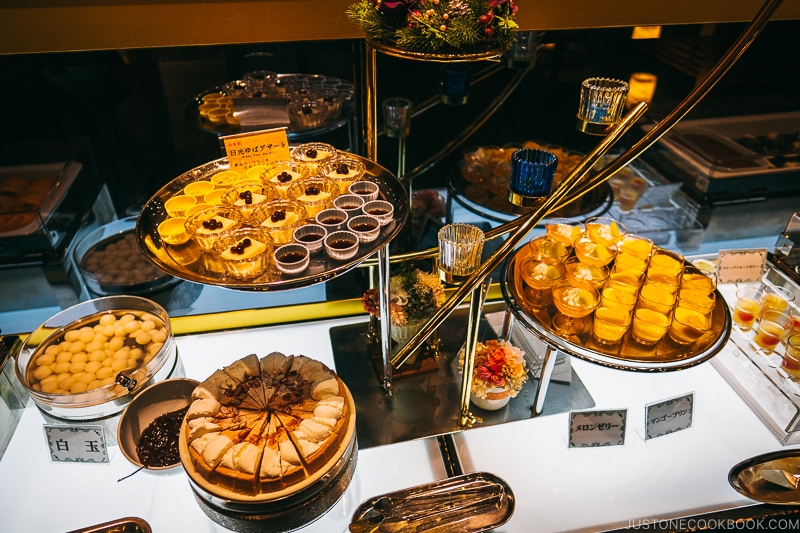
Breakfast both days were a buffet and it was excellent. There were plenty of both western and Japanese selections, easily over 50 choices of food. The dishes were laid out in different islands so the line to grab food was quick and didn’t get too crowded.

The best thing at breakfast was the house special french toast. It was amazingly good with soft milky texture on the inside and crispy on the outside. The chef was kind enough to share the recipe with us and we’ve shared the french toast recipe on the blog. The feedback we got from JOC readers who’ve made it was really positive so give it a try if you love french toasts.

The Ruins of Kinugawa Onsen
There was one surprise we didn’t expect in Kinugawa Onsen and it’s a bit creepy. Across the river, from the Asaya Hotel, we saw many empty buildings with missing and broken windows, exposed walls, and they looked completely ruined and ready to be a set for horror movies. It’s unusual to see such a sight in Japan and especially in a resort area.
We got curious and learned that many abandoned buildings were hotel developments that were stopped as funding ran out. Kinugawa Onsen area was devastated by the decreasing number of visitors to the area starting from the 1990s to 2016.
The reasons were multiple folds including the Japanese bubble economy collapsing, the bankruptcy of a prominent local bank, as well as the Great Tohoku Earthquake. The good news is there is a revived effort in recent years to bring more visitors to the area including updating the hotels, new resorts opening, and convenient direct transportation from large cities.

If you want to get away from the crowd and go off the beaten path, visit Kinugawa Onsen on your trip to Nikko. We would recommend spending one day and one night relaxing in the hot springs, checking out local attractions, and then head over to Nikko to see the shrines.
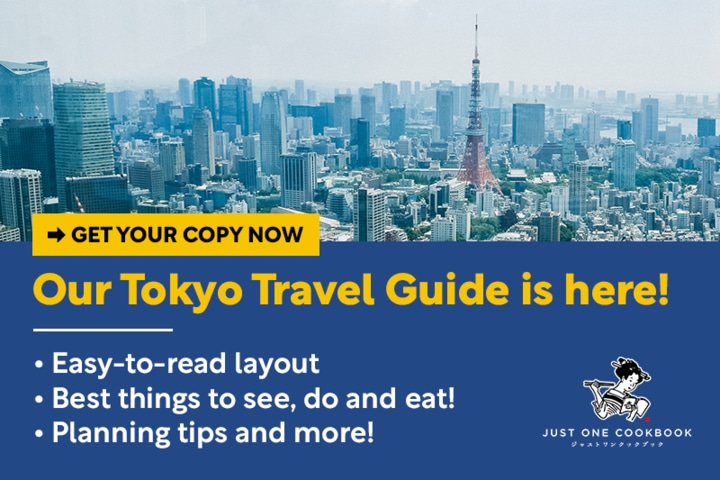
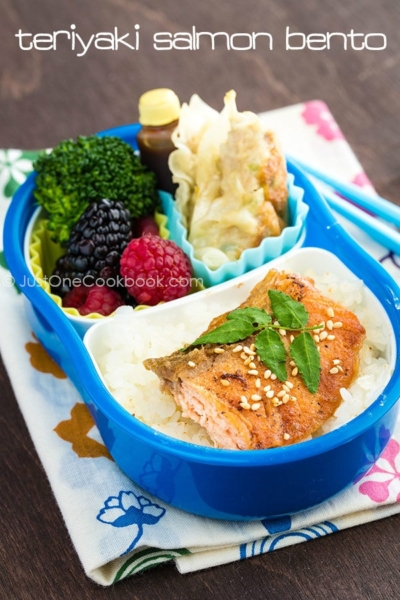







Thank you for the trouble you take with your informative, well illustrated guides. It must take a lot of your time and I know we all appreciate it!
Hi Sally,
Rather than generic descriptions, we want our guide to be helpful if you indeed plan on going to visit. We will be honest with our opinion on things to do and where to stay so our readers can benefit from our experience.
Thank you for your kind comments and stopping by.